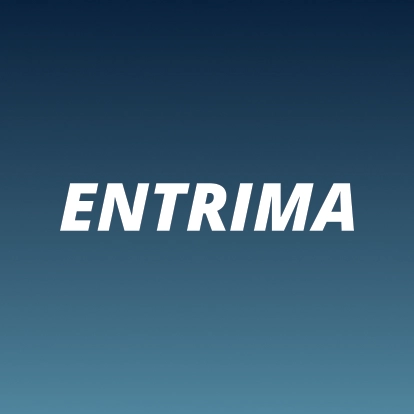Analogous to a futures spread, an option spread consists of two legs. Each leg concerns an option. An option spread position concerns a long option position in combination with a short option position (both either being calls, or puts). It is possible to buy an option on a certain asset with a defined time-to-maturity and a particular strike price, while simultaneously selling an option with a different condition, for instance a different strike price and/or a different time-to-maturity. This way, vertical, horizontal and diagonal option spreads appear.
Vertical option spread
A vertical (call or put) spread is an option spread whereby the only difference between the two option contracts is the strike price.
Example
Suppose, the following call options are available in the market, including their current values:
- May call, strike 40.00, premium 7.40
- May call, strike 45.00, premium 5.80
- May call, strike 50.00, premium 4.60
- May call, strike 55.00, premium 3.65
- May call, strike 60.00, premium 2.95
In such a case, the 40.00-45.00 call spread is valued at 1.60 (namely 7.40 minus 5.80) and could possibly be traded at this price, while the 50.00-55.00 call spread is worth 0.95 (namely 4.60 minus 3.65) and might be traded at that differential. This would require a market participant to buy one of the options while selling the other one.
A so-called ‘bull spread’ and a so-called ‘bear spread’ both concern a specific vertical option spread:
- Bull spread
A bull spread is an option spread that profits from a market price increase. A long call spread position is a bull spread, as much as a short put spread concerns a bull spread position.
- An example of a long call spread is this:
- Long May call 40.00 position, in combination with
- Short May call 50.00 position
- An example of a short put spread is as follows:
- Long May put 40.00 position, together with a
- Short May put 50.00 position
- Bear spread
A bear spread is an option spread that profits from a market price decrease. A long put spread position is a bear spread, analogous to a short call spread position.
- An example of a long put spread is this:
- Short May put 40.00 position, in combination with
- Long May put 50.00 position
- An example of a short call spread is as follows:
- Short May call 40.00 position, together with a
- Long May call 50.00 position
